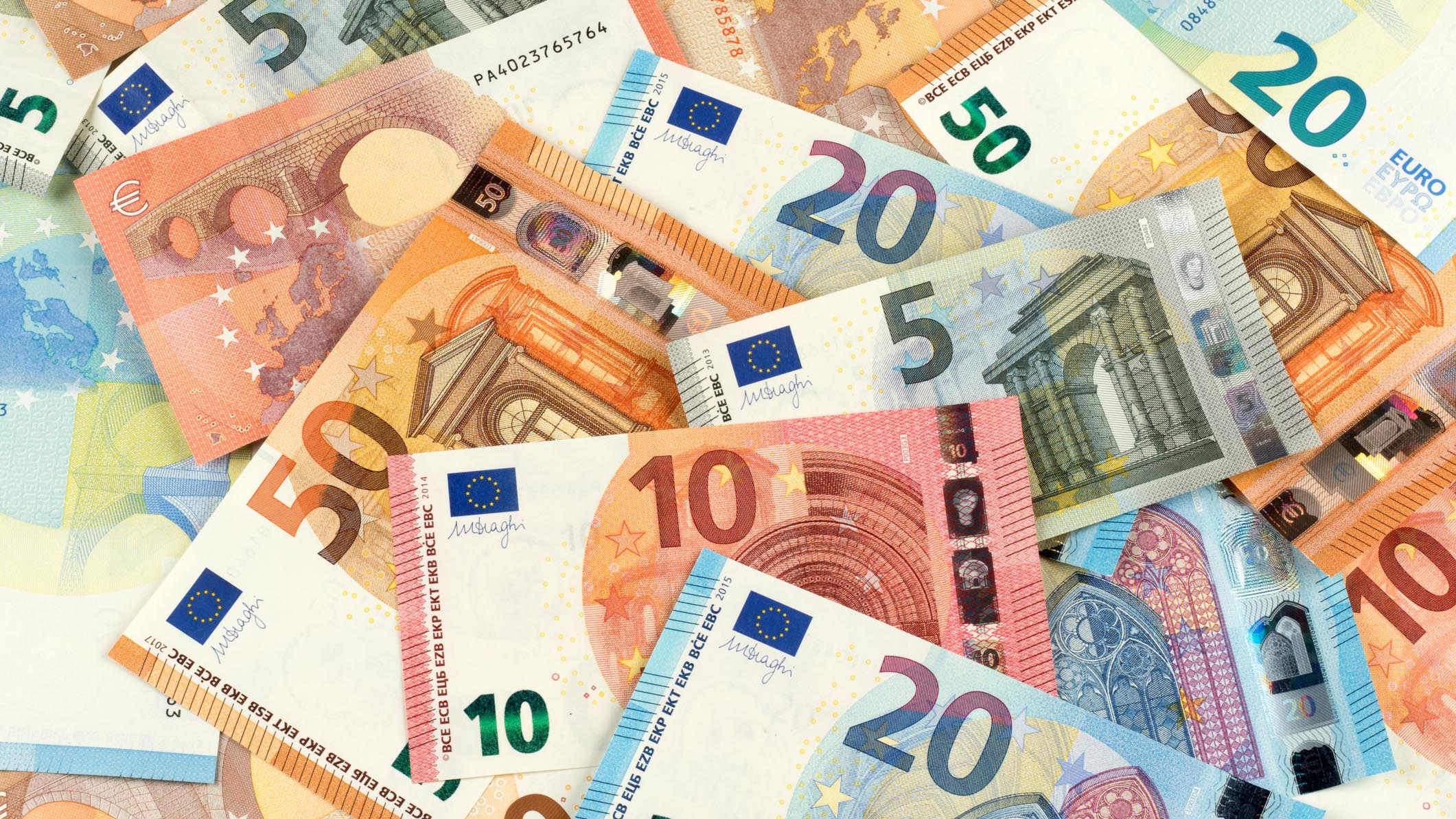Share buybacks – an efficient way to return capital to shareholders
Share buybacks are an often-used method of returning surplus capital to shareholders. Over the past ten years, companies listed on the SIX Swiss Exchange have bought back their treasury shares for over CHF 87 billion. Most of it was used to reduce share capital.

The ability to return surplus capital to investors by means of share buybacks is commonly used. Over the past ten years, companies listed on the SIX Swiss Exchange have bought back their treasury shares amounting to over CHF 87 billion, accounting for an impressive 6.4% of SPI market capitalization.
The main reason for buying treasury shares is to reduce capital
Share buybacks are done for two reasons: to reduce capital or to wind up business activities. In the first case, the shares are retired after purchase, thus reducing the share capital. In the second case, the shares remain part of the company’s assets and can be used for acquisitions & mergers or investment schemes for employees.
Reducing capital was by far the most common reason for share buybacks over the last ten years. This method has allowed CHF 82 billion to be returned to investors since 2009, accounting for 93% of the entire repurchased volume.
Shares are usually bought back on the stock exchange
The two most commonly used methods to purchase treasury shares are exchange buybacks on the first or second trading line.
Stock exchange purchases on the first trading line: A certain number of shares is purchased at the corresponding prices on the stock exchange. The advantage of this method lies in the flexibility afforded in timing. This method of repurchasing is usually not selected for capital reduction purposes due to tax reasons. Ideally, if done well, the company will achieve the volume-weighted average price for the day (VWAP).
Stock exchange purchases on the second trading line: This method is similar to the previously mentioned one, but is usually used for reducing capital and is geared towards institutional investors for tax reasons. Over the last ten years, companies have paid an average premium of 12 basis points on the first trading line’s VWAP as well as an execution fee.
Low-cost solutions
To execute share buyback programs on the first or second trading line as cost-effectively as possible, companies listed on the SIX Swiss Exchange have a solution available that was developed by Morgan Stanley together with Vontobel and is based on a smart trading algorithm.
The principal advantages for businesses are a guaranteed reduction of the arithmetic mean of the daily VWAPs on the first trading line, no liquidity premium on the second trading line (if the buy-back is executed on the second trading line), faster buy-backs where prices are falling, no execution costs, and access to the market during holding periods.
Your contact









